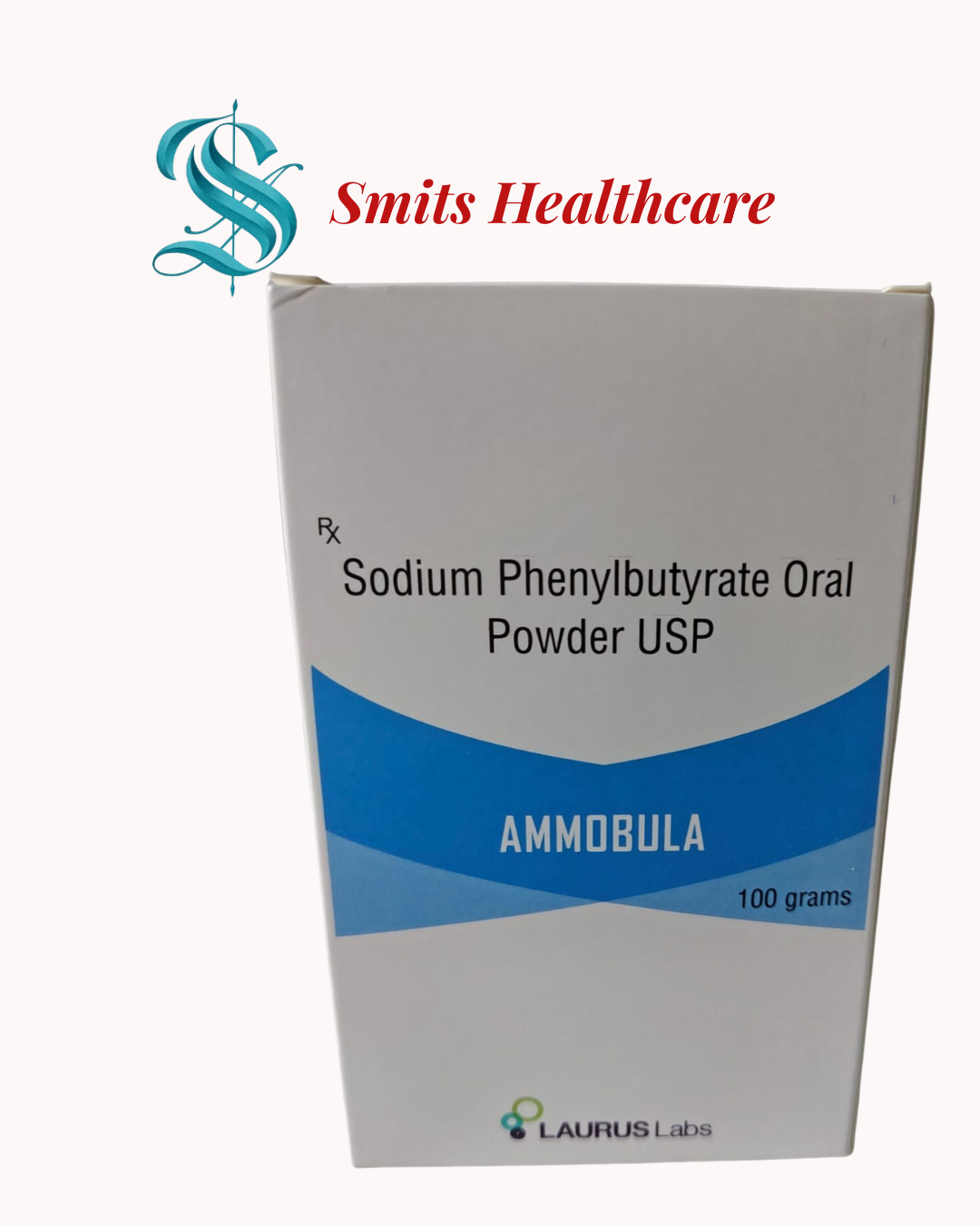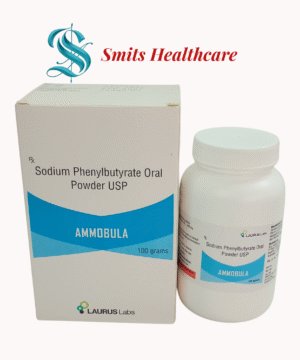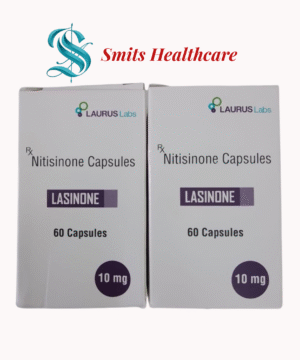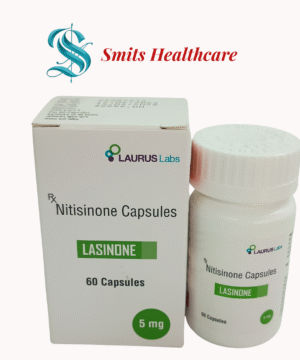Ammobula contains sodium phenylbutyrate, a medicine used in people with urea cycle disorders (UCDs). These are rare genetic conditions where the body cannot properly remove ammonia, a toxic substance made when proteins are broken down. Ammobula helps lower high ammonia levels in the blood and prevents brain damage, confusion, or coma. It is usually given along with a special low-protein diet and other supportive treatments.
Mechanism of action:
Sodium phenylbutyrate is a nitrogen-scavenging agent. Once inside the body, it is converted into phenylacetic acid, which joins with an amino acid called glutamine to form phenylacetylglutamine (PAGN). This compound carries nitrogen and is excreted in the urine. By removing nitrogen in this way, Ammobula helps prevent ammonia from building up in the blood.
Uses:
-
Long-term management of urea cycle disorders in children and adults
-
Helps prevent symptoms of hyperammonemia such as vomiting, irritability, confusion, developmental delay, or loss of consciousness
-
Always used along with dietary restrictions and monitoring
Adverse effects:
Common side effects include nausea, vomiting, stomach pain, and loss of appetite. Some patients may notice body odor or taste changes. It can sometimes cause tiredness, headache, or dizziness. Rarely, it may affect electrolyte balance, liver or kidney function, or cause allergic reactions like rash or swelling. Regular monitoring of ammonia levels and overall health is necessary during treatment.





